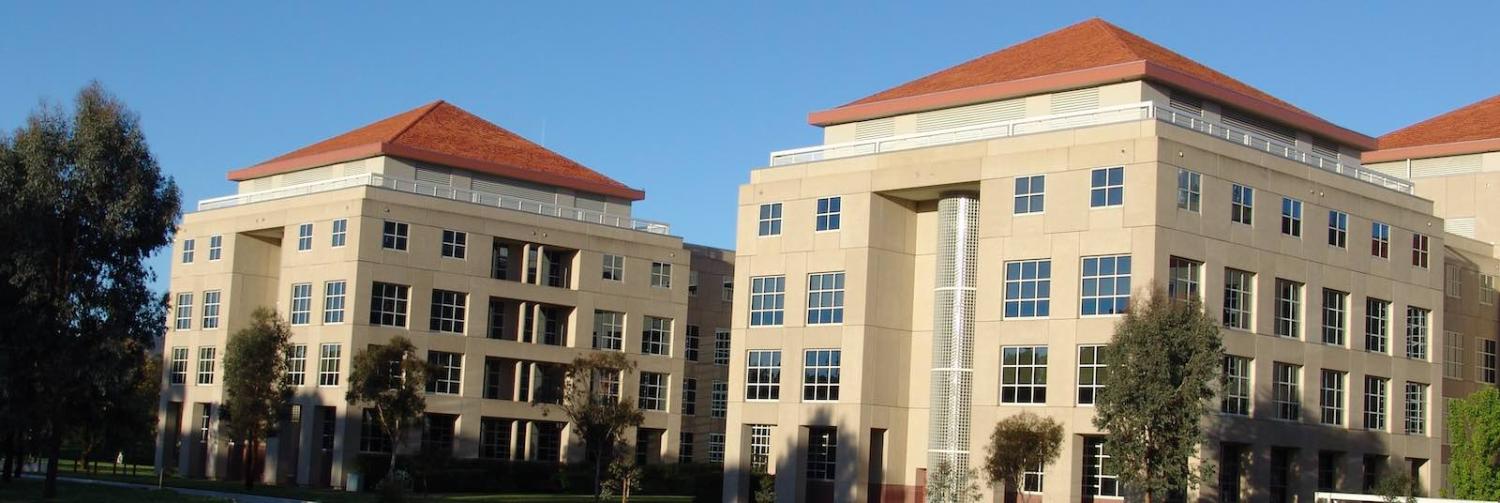Australia has bet the farm on Donald Trump.
That’s the obvious headline to describe this Foreign Policy White Paper, although the gamble isn’t on Trump personally, but rather as a show of faith in the broader character of the US system of government.
The key sentence stands out on page 26:
The Australian Government judges that the United States’ long-term interests will anchor its economic and security engagement in the Indo-Pacific.
All the words in this document will have been carefully scrutinised to ensure they convey the intended meaning. The usual boilerplate is evident, but this phrase struck me as a very deliberate formula, founded on a belief that US prestige and power will withstand any crazy reflex of the Trump White House.
And then comes China.
China is challenging America’s position.
This appears on page 1. And while it’s a statement of the obvious, the language feels more direct than previous official documents, which preferred to use soothing terms such as 'rising powers' to describe strategic rivalry. Later, the White Paper declares 'China’s power and influences are growing to match, and in some cases exceed, that of the US' (my emphasis).
This ensures the US-China challenge will dominate the early public debate around the White Paper. But these are just words. Pronouncements won’t settle the issue. Instead, what matters is what countries choose to do. The White Paper acknowledges the need to be 'agile'. It is an implicit recognition that now the document is printed, the issues that dominate today will be overtaken by what follows tomorrow.
For this reason, the obvious headline on China and US rivalry only masks a deeper unease captured by the White Paper, and should really be the focus of debate. This bigger problem is described as 'converging' – the way a series of major challenges are joining together as 'powerful drivers of change'.
This is the backlash against globalisation, wrongly dismissed in the late 1990s and early 2000s as a kind of flat-earth regression rather than a genuine concern about labour conditions and sovereign control, only to fester since. This has piled stress on trade negotiations, regional economic blocs and the conduct of politics.
Then add the challenge of non-state actors. Not just terrorist organisations but peaceful challenges to state power, such as the ability of activists to exploit communications technology and organise potent international campaigns (the White Paper’s faith in Asia’s demand for Australian coal, for example, is an assumption under sustained challenge by environmental groups).
There is the danger of climate change. There is demography, and more.
To me, the key message reading the White Paper is the call to 'work harder to maximise our international influence'. That’s the next step. Australia has spent a long time arguing over the shape of the future. It’s past time to stop talking and actually get something done.

